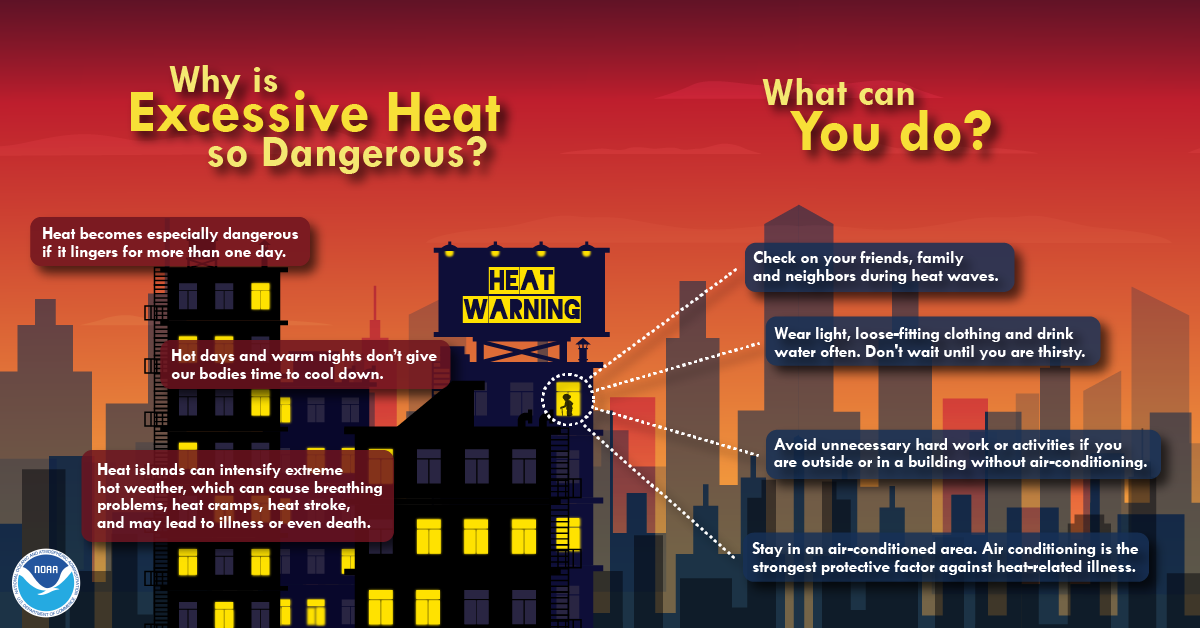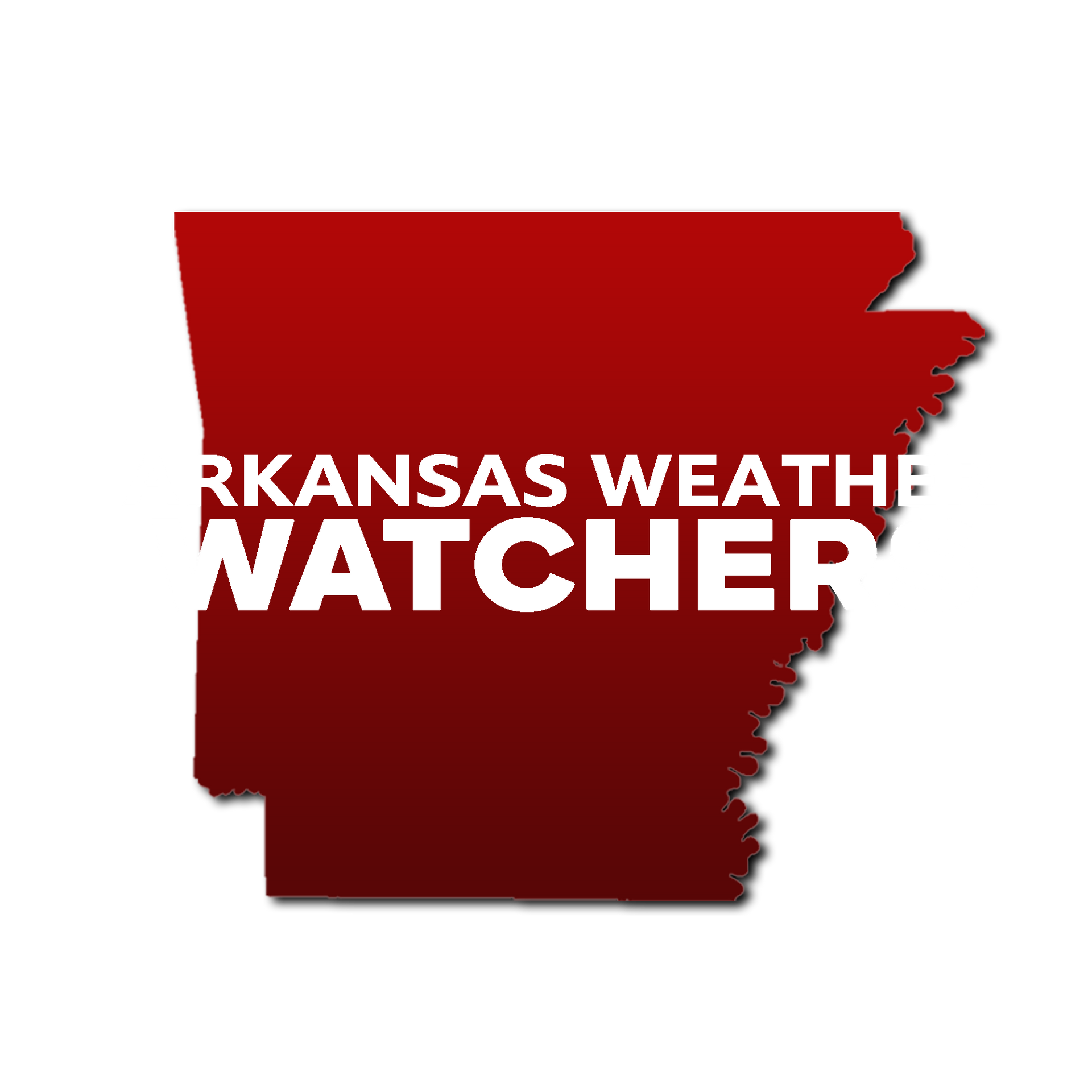Essential Heat Safety
Protect Yourself During Hot Weather

As summer approaches, the rising temperatures bring about the need for heightened awareness of heat-related risks. Whether you're enjoying outdoor activities or simply going about your day, understanding how to stay safe in the heat is crucial. Here are some essential tips to keep in mind:
Safety Tips
- Slow Down and Schedule Wisely: Avoid strenuous activities during the hottest parts of the day. If possible, schedule outdoor activities for the cooler mornings or evenings.
- Dress Appropriately: Opt for lightweight, loose-fitting clothing in light colors. These help reflect heat and sunlight, keeping your body cooler.
- Watch Your Diet: Certain foods, especially those high in protein, can increase your body's heat production and water loss. Opt for lighter meals that are easier to digest.
- Stay Hydrated: Drink plenty of water throughout the day, even if you don’t feel thirsty. Avoid alcoholic and caffeinated beverages, as they can contribute to dehydration.
- Seek Air-Conditioned Environments: Spending time in air-conditioned places, such as malls, libraries, or community centers, can provide relief from the heat. If you don’t have air conditioning at home, consider visiting public spaces during the hottest times of the day.
- Protect Your Skin: Avoid prolonged exposure to direct sunlight, especially during peak hours (typically between 10 AM and 4 PM). Use sunscreen with a high SPF to prevent sunburn, which can impair your body's ability to cool down.
Understanding Heat Alerts
During periods of extreme heat, the National Weather Service issues various alerts to warn individuals about potential health risks:
- Excessive Heat Watch: Issued when conditions are favorable for an excessive heat event within the next 12 to 48 hours. This alert provides advance notice for planning and preparation.
- Excessive Heat Warning/Advisory: Issued when an excessive heat event is expected within the next 36 hours. Warnings indicate more severe conditions that pose a significant threat to life, while advisories are for less serious conditions causing discomfort.
Heat-Related Disorders
It’s important to recognize the signs of heat-related illnesses and take appropriate action:
- Heat Cramps: Painful muscle spasms and heavy sweating. Move to a cooler place, drink water, and gently massage the affected muscles.
- Heat Exhaustion: Heavy sweating, weakness, cold and clammy skin, fainting, and nausea. Move to a cooler place, loosen clothing, apply cool, wet cloths, and sip water. Seek medical attention if symptoms worsen.
- Heat Stroke: A severe medical emergency with symptoms including high body temperature (above 106°F), hot and dry skin, rapid pulse, and possible unconsciousness. Call emergency services immediately, move to a cooler place, and cool the body with cold water until help arrives.
Conclusion
As temperatures rise, taking proactive steps to protect yourself and others from heat-related hazards is essential. By staying informed, staying hydrated, and knowing how to recognize and respond to heat-related illnesses, you can enjoy a safe and healthy summer.
Stay cool and stay safe!

